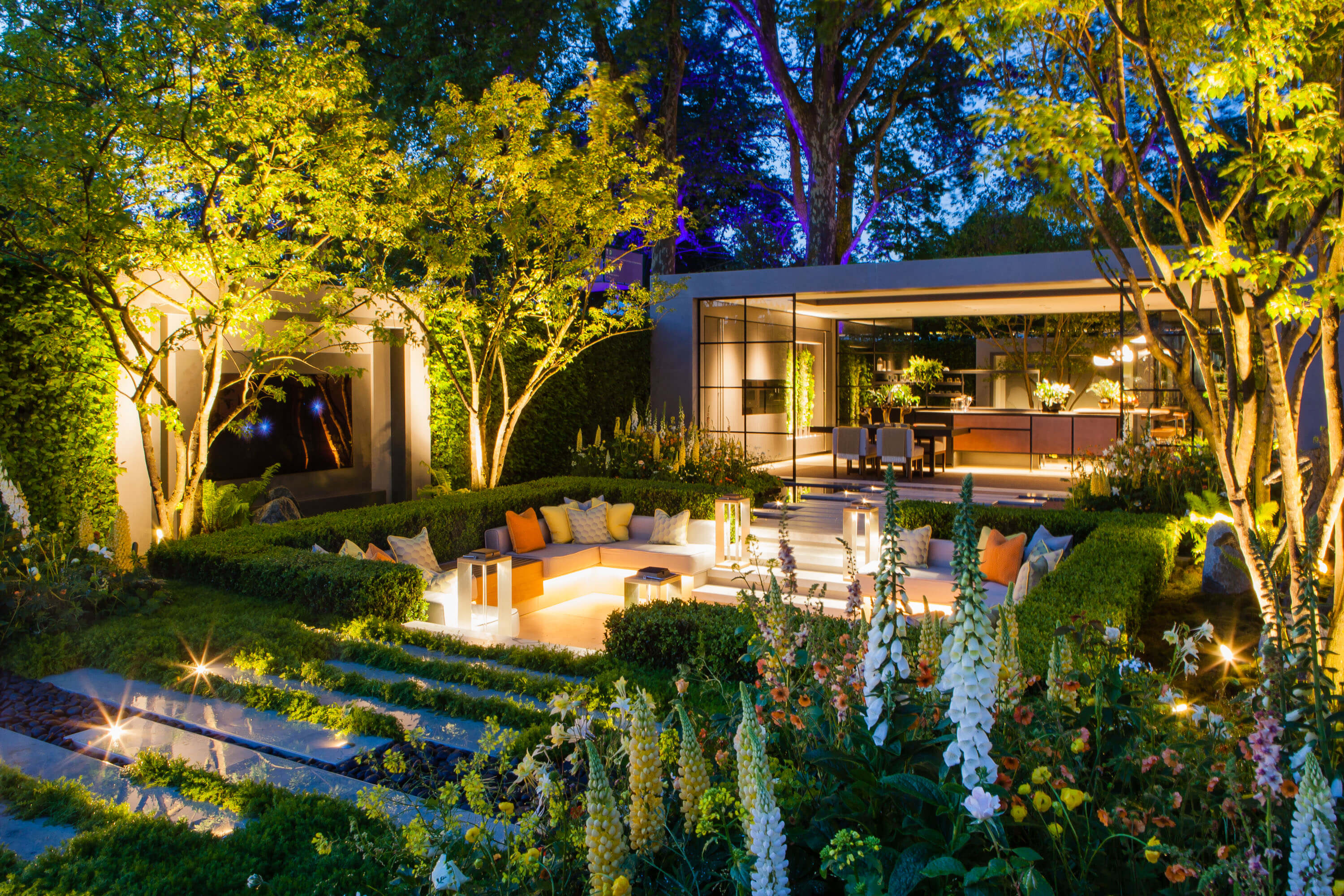At last, the RHS Chelsea Flower Show returns this week. But what does it deliver? Our special correspondent looks back over 40 years at the best of the shows
No, never. Thrilled, delighted, exasperated, yes, but never tired, because the wonder of Chelsea is that there is always so much new to learn. You come away smiling, saying I loved that, and why did he do that, and we could grow that, or even, that was awful and, occasionally, ours is much better than that! Chelsea is exactly like life, in fact.
What I remember most from those first visits is the ranks of towering delphiniums and begonias the size of your head, in the Big Tent, all terribly old fashioned even then, but what skill was there! There was the same dazzle in the extraordinary stands of South African plants – aloes and bird-of-paradise and proteas – brought in every year by Kirstenbosch Botanic Garden in Cape Town. And actually, every gardener even now, however naturalistic and ecological and planet-saving their inclinations, is impressed by and jealous of the skills that can rear such perfect specimens.
Taking my children to Chelsea for the first time and seeing them also goggle (a change from Google) at the monster delphiniums has brought back all the old delight. If only the Big Tent was still canvas and not metal, and they could also learn that smell of smeary-trodden turf, and of damp linen that’s been folded away for months like cricket pads at the start of the season.

“What visiting Chelsea in the flesh proves, is that television lies.”
“Chelsea is exactly like life, in fact.”
I lived behind Sloane Square back then and RHS Membership let me wander along and make several visits to the show at quiet times of day (eat your heart out, Millennials; but such organisations weren’t so hungry for your cash back then!)
Since then I’ve had the pleasure of studying 40 years of Show Gardens and watching them change. Those quaint, stream-bisected, early 20th century naturalistic rock gardens may have finally disappeared, but that softer rural look survives in gardens made by designers who produce exquisitely detailed romantic, ‘rustic’ tableaux of astonishing skill. They are living proof that the British will always love the easy richesse of a cottage medley – naturalism without its fashionable message.
“Remember those rollicking Aussie, barbie-riddled gardens sponsored by Trailfinders?”
Modern gardens had first come to Chelsea with John Brookes in the ‘70s, but his legacy today is that almost every Show Garden is imagined to be ‘entertainment space’, a ‘room outside’ close to a house. Remember those rollicking Aussie, barbie-riddled gardens sponsored by Trailfinders?
But what Brookes began has set the scene for many different things: the brilliant use of proportion and sweetly reasonable geometry; the Telly Tubby madnesses; the superbly stylish middle ground of some of the very best show gardens.
What visiting Chelsea in the flesh proves, is that television lies. That great camera boom sweeping through the air is not how you experience a real garden; and even if at Chelsea you’re there with a great crown of others, it’s looking hard at a garden, seeing the true picture through your own eye-level eyes as if looking out of your own windows, that counts. All the rest is entertainment.
People say Chelsea’s show gardens are all about money and unrealistic. Maybe so. But isn’t it good to see what a designer can do with a huge budget and a free hand? Then if you like what you see, you can begin to decide whose work might be right for you. Walk right round it, looking and thinking. Kick the tyres. How can it not be fun?
Press Days at Chelsea are always frustratingly short because we hacks are kicked out mid-afternoon to secure the site for the Queen’s visit. I was once almost wrestled to the floor by a young security guard – at 7 in the morning – for insisting I should walk onto site to collect my waiting Press Pass from the Press Tent ten yards inside. Nice to know you are safe in there, even from Gardening Correspondents.

